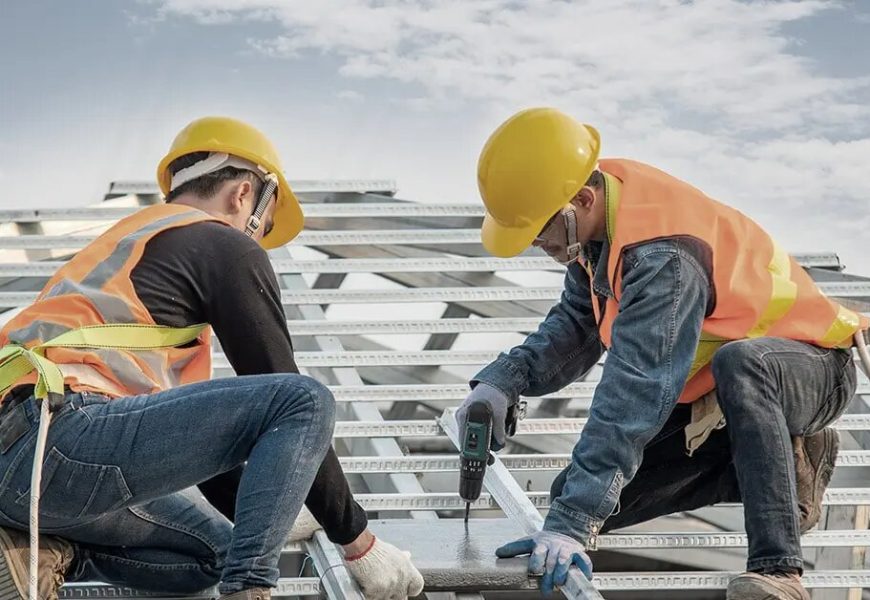When it comes to maintaining a healthy and functional drainage system for your property in Weymouth, understanding the types of pipes that make up your system is essential. One common type of drainage pipe, especially in older properties, is pitch fibre drains Weymouth. These pipes, which were once a popular choice for sewer and drain installations, are now seen as a potential problem for many homeowners due to their age and durability concerns.
In this blog, we’ll explore what pitch fibre drains are, why they were used, how to identify issues with them, and what options you have if your home has pitch fibre drains.
What Are Pitch Fibre Drains?
Pitch fibre drains Weymouth are a type of pipe used in drainage systems, primarily for sewers and rainwater drainage. They were introduced in the UK in the 1950s and remained a popular choice for pipe installation until the 1970s. Pitch fibre is a composite material made from wood pulp and bitumen, a type of tar that was combined to form the pipe material.
These pipes were initially seen as a cost-effective and lightweight alternative to traditional clay and concrete pipes. They were easy to install, relatively inexpensive, and resistant to corrosion, making them a popular option for sewer lines and drain installations in residential areas. However, over time, pitch fibre has proven to be less durable than initially anticipated.
Why Were Pitch Fibre Drains Used?
Pitch fibre pipes became popular during the mid-20th century because they were lightweight and cheaper than other drainage materials like clay, cast iron, or concrete. Additionally, they were easy to handle and install, which made them a cost-effective solution for residential and commercial drainage needs. Their supposed resistance to corrosion also made them appealing for long-term use, especially in areas with high levels of moisture.
However, despite their early success, it soon became apparent that pitch fibre pipes had limitations. Over time, these pipes began to degrade, especially when exposed to certain environmental conditions, which led to the decline of their use in modern drainage systems.
Problems with Pitch Fibre Drains
While pitch fibre drains Weymouth may have seemed like a good choice at the time, they have several issues that can cause significant problems for homeowners today. Here’s what you need to know about the potential problems with pitch fibre pipes:
1. Weakening and Cracking Over Time
One of the main problems with pitch fibre drains Weymouth is that they degrade over time. The bitumen in the pipes can become brittle and break down, particularly when exposed to harsh weather conditions, fluctuating temperatures, or chemical reactions in the surrounding environment. As the pipes weaken, they are more likely to crack, collapse, or even completely break apart.
2. Susceptibility to Root Infiltration
Another issue with pitch fibre drains is that they can be susceptible to tree root intrusion. As the pipes weaken and crack, tree roots can make their way into the pipes in search of water. Once inside, the roots can exacerbate the cracks, causing further damage and leading to blockages that are difficult to clear.
3. Blocking and Reduced Flow
Due to the cracking, collapsing, and root intrusion, pitch fibre drains Weymouth can easily become blocked. This can lead to slow drainage, water pooling around your property, or even full blockages that require costly repairs. Over time, the integrity of the pipe is compromised, which can result in water damage to your home or garden.
4. Expensive Repairs and Replacement
Since pitch fibre drains Weymouth are more prone to cracking and degradation, they often need to be repaired or replaced entirely. This can be a costly process, especially if the drainage system runs beneath your property, driveway, or other areas where digging is required. The repairs or full replacement of pitch fibre pipes can be a significant investment for homeowners who have these pipes installed on their property.
5. Reduced Lifespan
While pitch fibre pipes were initially intended to last for several decades, their lifespan is significantly reduced compared to other types of drainage pipes like PVC, clay, or concrete. The natural degradation of the material means that pitch fibre drains often need to be replaced after around 30-50 years of use, whereas more modern pipes can last much longer.
How to Identify Pitch Fibre Drains on Your Property
If you’re unsure whether your property has pitch fibre drains Weymouth, there are a few ways to identify them. Since pitch fibre is a unique material, it’s not always difficult to distinguish from other types of pipes.
1. Colour and Texture
Pitch fibre pipes are typically black, dark grey, or brown in colour. The material often has a fibrous, rough texture and may appear somewhat flexible when compared to the rigid, solid feel of other types of pipe materials.
2. Age of the Property
If your property was built or had drainage pipes installed during the mid-20th century (1950s to 1970s), it’s highly likely that your drains are made of pitch fibre. Many homes built during this period were fitted with pitch fibre pipes due to their low cost and ease of installation.
3. Professional Inspection
If you’re still unsure whether your property has pitch fibre drains, the best course of action is to contact a professional drainage specialist. They can perform a CCTV survey, using a camera to inspect the condition of your drains and identify whether pitch fibre is used in your drainage system. The survey will also help identify any damage or issues with the pipes that may require repair or replacement.
What to Do if You Have Pitch Fibre Drains
If you discover that your property has pitch fibre drains Weymouth, there are several steps you can take to ensure your drainage system remains functional and in good condition.
1. Regular Inspections
Regular inspections of your drainage system can help detect any issues with your pitch fibre drains before they become more serious. Scheduling a professional drainage survey every few years allows you to spot cracks, root intrusion, or other damage early, preventing costly repairs in the future.
2. Clearing Blockages
If you notice slow drainage or any signs of blockage, it’s important to clear your drains promptly. A professional drain cleaning service can remove debris, tree roots, or other obstacles that may be causing the blockage, reducing the risk of more serious damage.
3. Consider Replacing the Pipes
While maintaining your pitch fibre drains is important, you may want to consider replacing them with more durable, modern materials, such as PVC or plastic pipes. These materials are more resistant to cracking, root infiltration, and environmental damage. Replacing pitch fibre drains with newer, more reliable materials can provide peace of mind and ensure that your drainage system functions smoothly for years to come.
4. Consult a Professional
When dealing with pitch fibre drains, it’s always best to consult with a professional drainage expert. They can assess the condition of your system, offer advice on the best course of action, and help you determine whether repairs or replacements are necessary.
Conclusion
Pitch fibre drains Weymouth were once a popular choice for residential drainage systems, but over time, they have proven to be less durable than other materials. As these pipes degrade, they become more prone to cracks, blockages, and root intrusion, which can cause significant problems for homeowners.
If your property has pitch fibre drains, regular inspections and maintenance are crucial to prevent more serious issues. In some cases, replacing the pitch fibre pipes with modern alternatives may be the best solution for ensuring the long-term health of your drainage system. By staying proactive about the condition of your drains, you can avoid costly repairs and keep your property safe from water damage. If you’re unsure about the state of your drainage system, don’t hesitate to contact a professional to inspect your pipes and advise on the best course of action. Read More








